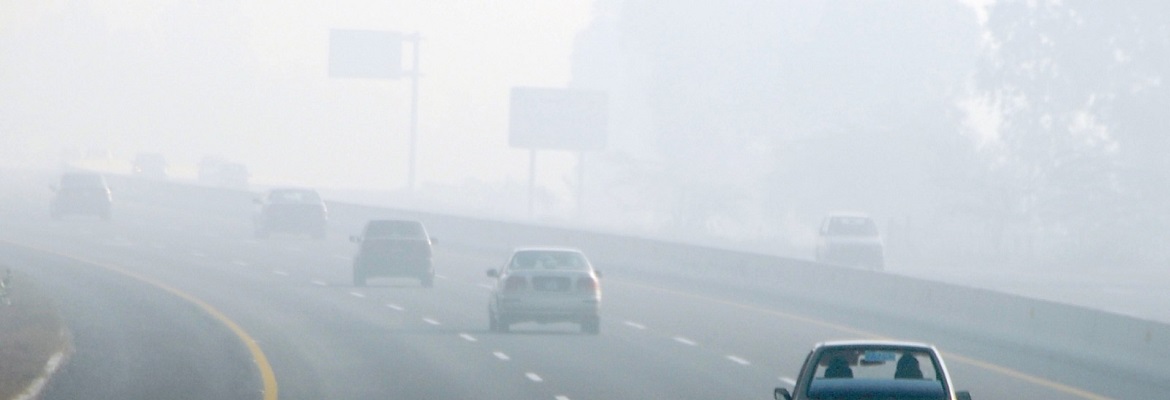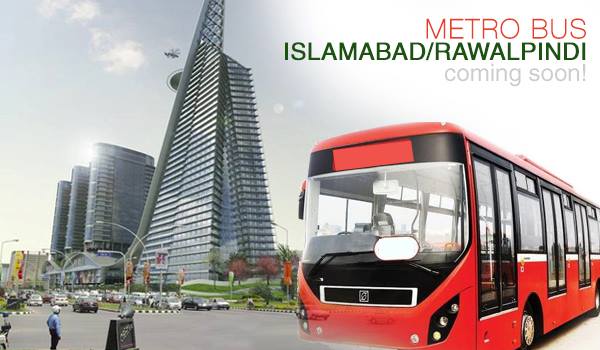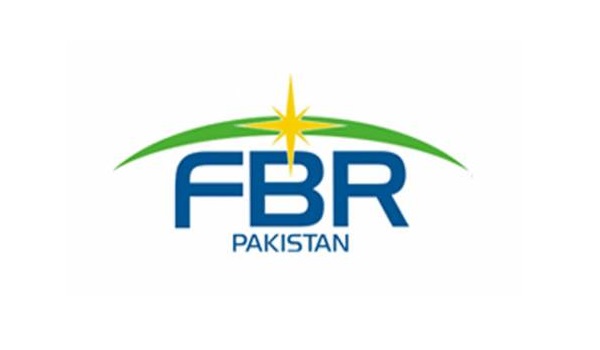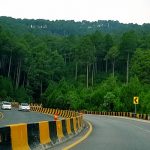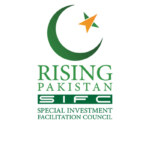Lahore: The Pakistan Air Quality Experts Group has declared the first smog control tower in Lahore ineffective in mitigating air pollution, emphasizing the need for scientifically grounded and sustainable strategies to combat the city’s worsening air quality crisis.
The smog control tower, installed in the Mehmood Boti area in collaboration with the National University of Science and Technology (NUST), was intended to reduce particulate matter pollution, specifically PM 2.5, in one of Lahore’s most affected areas. However, experts revealed that the tower failed to deliver any measurable impact.
Tower’s Ineffectiveness Highlighted
Coordinator of the Pakistan Air Quality Experts Group and environmental expert, Dawar Rahmeed Butt, stated that similar smog towers in China and India were decommissioned due to their impracticality. He explained that for Lahore to achieve healthy PM 2.5 levels using this technology, over 20,000 such towers would be required, making the solution cost-prohibitive and energy-intensive.
Read: Smog-free Lahore: RUDA revives Jhoke Forest, turns Mehmood Booti green
Data from the Punjab Environment Protection Agency (EPA) supported this conclusion. During a monitoring period from December 15 to 31, 2024, the Air Quality Index (AQI) in the Mehmood Boti area exceeded Lahore’s average AQI on nine out of 14 days, with peak pollution levels reaching as high as 742. These readings showed no discernible improvement attributable to the tower.
Artificial Rain Dismissed as Unsustainable
The group also dismissed artificial rainfall as an ineffective and unsustainable solution for reducing pollution. Experts noted that climatic conditions in Lahore limit the feasibility of such interventions and that they fail to address the root causes of pollution.
Proposed Solutions
To combat Lahore’s hazardous air quality, the group recommended a series of measures based on successful examples from cities like Beijing and New Delhi. These included:
- Temporary closure of brick kilns and smelters during peak pollution periods.
- Restricting the entry of heavy vehicles into the city on high-pollution days.
- Stricter enforcement of industrial emissions regulations.
- Promoting the adoption of electric and hybrid vehicles.
Butt emphasized that addressing pollution at its sources—such as industrial emissions, brick kilns, and vehicular fumes—is far more effective and economical than relying on technologies like smog towers.
Read: Electric buses, anti-smog machines: Islamabad eyes cleaner future
A Call for Immediate Action
Lahore’s air quality has reached hazardous levels, with the daily average PM 2.5 concentration in 2024 exceeding historical records. The experts urged the Punjab government to abandon ineffective measures and adopt sustainable, science-based policies to protect public health and ensure a healthier environment for future generations.
